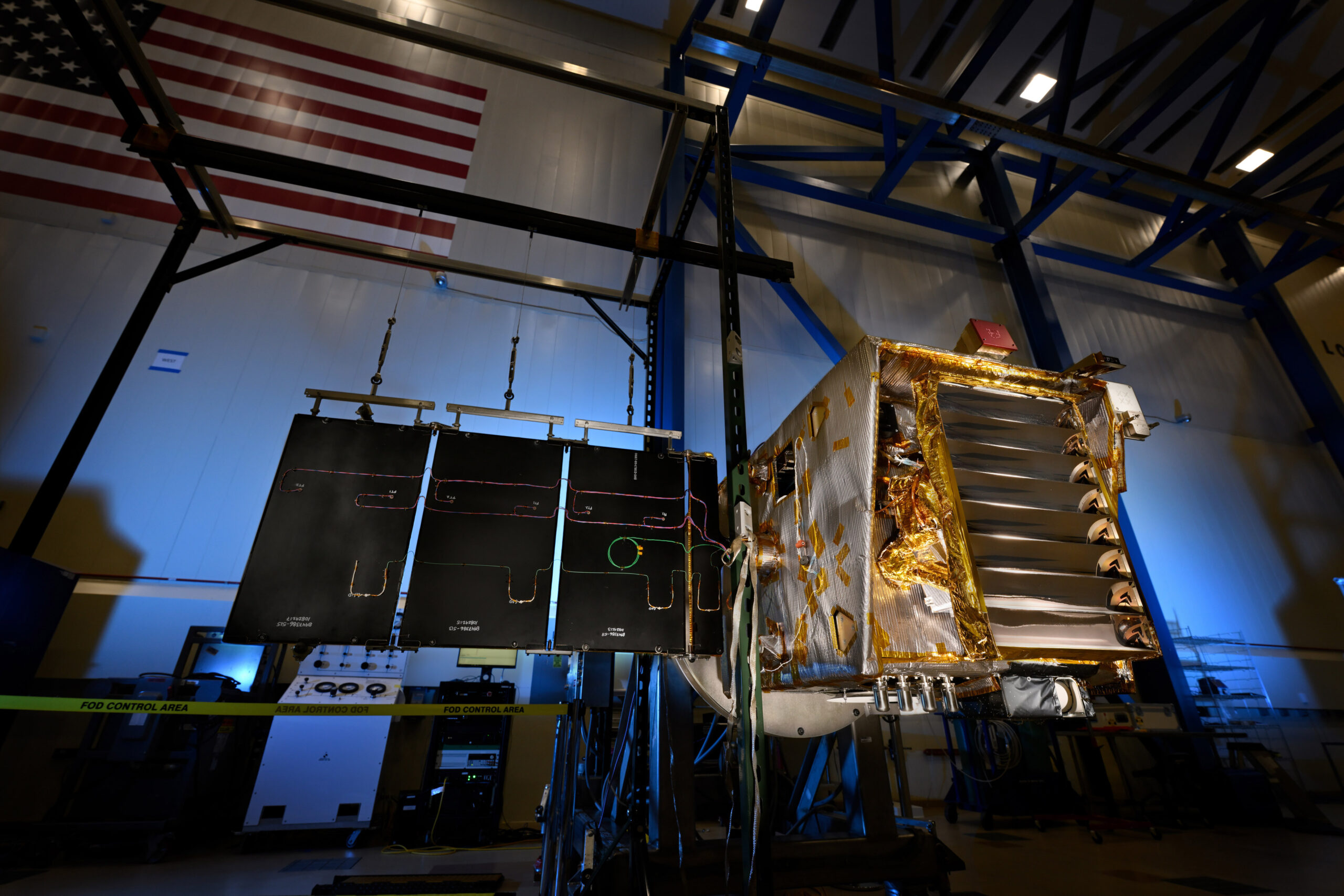NASA’s Lunar Trailblazer: Unraveling the Moon’s Water Mysteries
The Moon, our celestial neighbor, has long been a subject of fascination and mystery. One of the most intriguing questions scientists have been trying to answer is about the presence of water on the Moon. While there are indications of water, the exact locations and forms are still largely unknown. NASA’s upcoming mission, Lunar Trailblazer, aims to provide some much-needed clarity on this subject.
The Quest for Lunar Water
The presence of water on the Moon has been suggested by various observations, even on parts of the lunar surface where temperatures can be extremely high. The possibility of surface ice existing in permanently shadowed craters, which have not seen sunlight for billions of years, adds another layer of intrigue. However, despite these promising signs, a comprehensive understanding of the Moon’s water cycle has remained elusive.
This is where NASA’s Lunar Trailblazer mission comes into play. Set to orbit the Moon next year, this mission is managed by NASA’s Jet Propulsion Laboratory (JPL) and led by the California Institute of Technology (Caltech) in Pasadena. The mission’s primary goal is to map the Moon’s surface water in unprecedented detail. By doing so, scientists hope to determine the abundance, location, form, and variability of lunar water over time.
Why Understanding Lunar Water is Crucial
According to Bethany Ehlmann, the principal investigator for Lunar Trailblazer at Caltech, understanding the Moon’s water is not just about satisfying scientific curiosity. It has practical implications as well. High-resolution measurements of lunar water will enhance our understanding of the lunar water cycle and could provide insights into broader questions, such as how Earth acquired its water.
Additionally, knowing the inventory of lunar water is vital for future space exploration endeavors. As humanity looks to establish a sustained presence on the Moon and beyond, lunar water could become a crucial resource. Future explorers might be able to process lunar ice to produce breathable oxygen or even fuel. Moreover, understanding lunar water could pave the way for rigorous scientific investigations, where samples of lunar ice might be analyzed to trace the origins of water. For instance, the presence of certain chemicals, like ammonia, in the ice could suggest that the water originated from comets, while sulfur might indicate volcanic activity in the Moon’s past.
The Scientific Potential of Lunar Ice
Rachel Klima, the deputy principal investigator for Lunar Trailblazer at the Johns Hopkins Applied Physics Laboratory, highlights the scientific potential of analyzing lunar ice. By studying ice samples from permanently shadowed craters, scientists could uncover more about the origins and history of water on the Moon. This process is similar to how ice cores from Earth’s glaciers can reveal information about the planet’s atmospheric history.
Understanding how water molecules behave on the Moon—whether they are free-moving across the surface or trapped within rocks—is another area of interest. Water molecules might migrate from cold regions, known as "cold traps," to other areas as the lunar day progresses. The Sun’s heat can cause frost to sublimate, turning solid ice directly into gas, which can then travel to other cold regions and form new frost. Insights into these processes could not only deepen our understanding of lunar water cycles but also inform studies of other airless celestial bodies, like asteroids.
The Instruments Behind the Mission
To unlock the Moon’s secrets, Lunar Trailblazer will carry two primary scientific instruments: the High-resolution Volatiles and Minerals Moon Mapper (HVM3) and the Lunar Thermal Mapper (LTM).
Developed by JPL, the HVM3 is an infrared spectrometer designed to detect and map the spectral fingerprints of minerals and various forms of water on the lunar surface. This spectrometer can utilize faint reflected light from crater walls to view the floors of craters that are permanently shadowed from sunlight.
The LTM instrument, built by the University of Oxford with funding from the UK Space Agency, will map the minerals and thermal properties of the lunar surface. Together, the HVM3 and LTM will provide a detailed picture of the abundance, location, and forms of water on the Moon, as well as how its distribution changes over time.
Neil Bowles, the instrument scientist for LTM at the University of Oxford, explains that the LTM instrument precisely maps the Moon’s surface temperature, while the HVM3 searches for the spectral signature of water molecules. By combining the data from both instruments, scientists will be able to understand how surface temperature affects the presence and distribution of water molecules on the Moon.
The Journey of Lunar Trailblazer
Weighing in at just 440 pounds (200 kilograms) and measuring 11.5 feet (3.5 meters) wide with its solar panels fully deployed, Lunar Trailblazer is a compact satellite designed for efficiency. It will orbit the Moon at an altitude of about 60 miles (100 kilometers) from the surface. The mission was selected by NASA’s SIMPLEx (Small Innovative Missions for Planetary Exploration) program in 2019 and will share a ride to the Moon with the Intuitive Machines-2 mission through NASA’s Commercial Lunar Payload Services initiative.
The spacecraft recently passed a critical operational readiness review at Caltech after completing environmental testing at Lockheed Martin Space in Colorado, where it was assembled. Currently, the spacecraft and its instruments are undergoing flight system software tests to simulate launch conditions, orbital maneuvers, and the science mission itself. Meanwhile, the operations team at Caltech is conducting tests to simulate commanding, communicating with NASA’s Deep Space Network, and navigation.
A Collaborative Effort
Lunar Trailblazer is a collaborative effort, with JPL managing the project and overseeing system engineering, mission assurance, and the development of the HVM3 instrument. Caltech leads the science investigation and mission operations, with the operations center located at IPAC. Lockheed Martin Space is responsible for providing the spacecraft, integrating the flight system, and supporting operations in collaboration with Caltech.
The SIMPLEx mission investigations are managed by the Planetary Missions Program Office at NASA’s Marshall Space Flight Center as part of the Discovery Program at NASA Headquarters. This program conducts space science investigations within the Planetary Science Division of NASA’s Science Mission Directorate.
For more information on Lunar Trailblazer and its mission to uncover the Moon’s icy secrets, interested readers can visit NASA’s official page on the mission.
In conclusion, NASA’s Lunar Trailblazer mission represents a significant step forward in our understanding of the Moon. By unveiling the mysteries of lunar water, this mission could not only enhance our knowledge of the Moon but also aid future space exploration efforts and deepen our understanding of water cycles on other celestial bodies. As we continue our journey into the cosmos, missions like Lunar Trailblazer remind us of the endless possibilities that lie ahead in the exploration of our universe.
For more Information, Refer to this article.



































